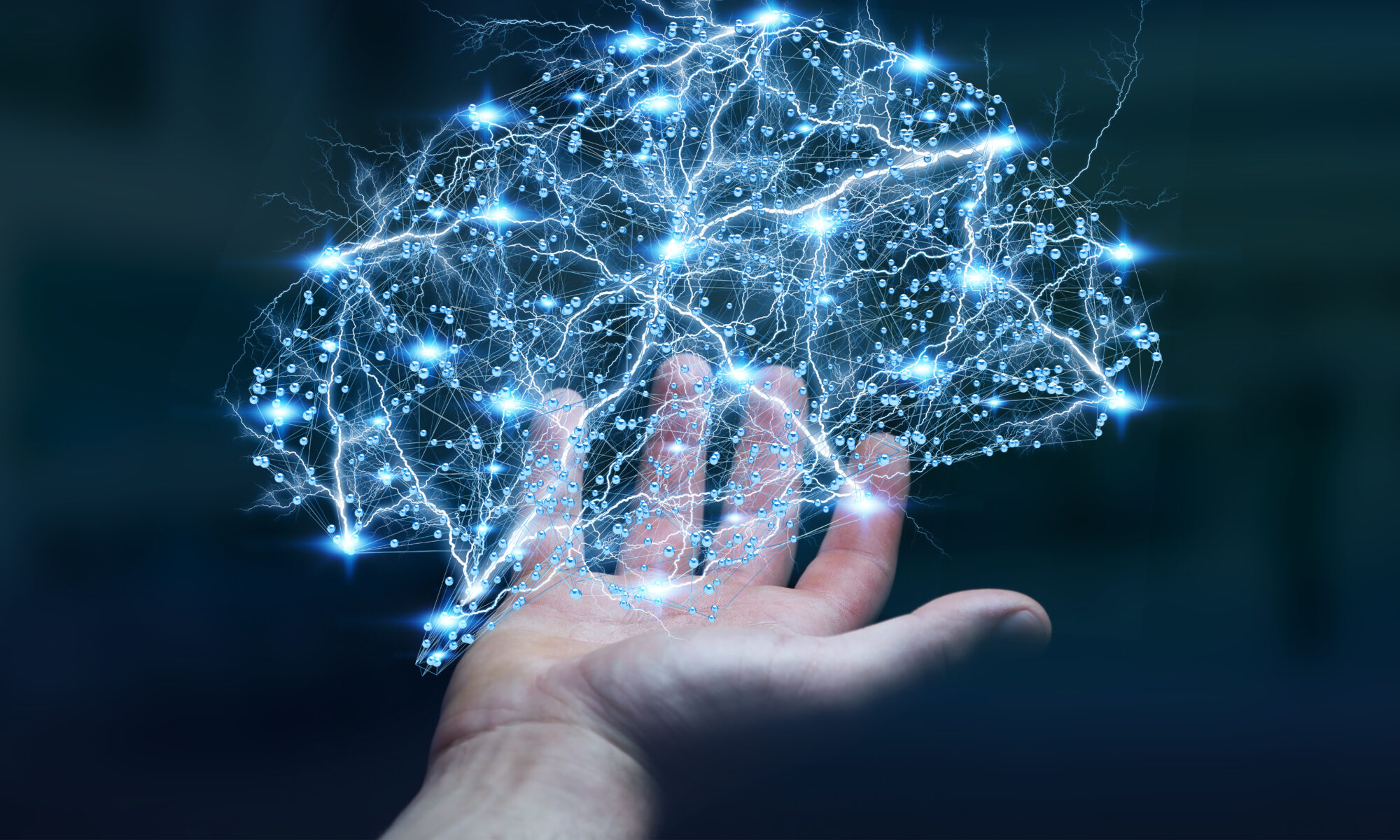Throughout human history, countless disciplines have tried to unravel the mystery of human behaviour by using conventional and experimental methodologies. Though, these methods have always been insufficient and inefficacious to correctly interpret the human behaviour, which has a direct link to the working of the brain.
Thanks to the recent advances in science, we can make the best use of brain imaging methodologies to understand the functionality of human brain. This evidence-based research discipline that tackles with the usual and unusual biological responses of the human brain is called “Neuroscience”.
Neuroscience (Brain Research) has developed at an increasing pace within the recent years, and has shed light on the complex mental and emotional processes of human brain. In this context, Electroencephalogram (EEG, brain electrical activity) and functional Magnetic Resonance Imaging (fMRI, brain blood circulation) methods have become the most important scientific tools in neuromarketing and enabled us to measure the brain activity without causing any pain or damage to the subject.
In the last 20 years, thousands of studies have been conducted in normal healthy individuals with both methods, and these studies have created a significant know-how and an accumulation of knowledge on the biological mechanisms that lie behind the attention, perception, learning, emotional arousal and decision-making processes (cognition) of the brain. Neuromarketing is one of the developing application areas of this know-how.
Regarded as the new generation method in today’s marketing world, ‘Neuromarketing’ is the neurological and physiological study that focuses on the subconscious responses of the mind towards various stimuli. In our day, we know by evidence that the subconscious is very effective in decision-making processes of consumers. By utilising this method, we can scientifically measure the subconscious perceptions, tastes, preferences, reactions, and purchasing tendencies of consumers.
By shedding light to darker corners of consumer attitude and behaviour, Neuromarketing provides the opportunity to look at the consumer world from a broad perspective, which constitutes its primary advantage. Technologies such as EEG, Mobile EEG, Eye Tracking, Face-Emotion Matching System and Galvanic Skin Response and Resistance are used for measurements in neuromarketing. The main point that should not be forgotten in the use of the data provided by neuroscience in applied fields such as neuromarketing is that the measurements be carried out with the discipline and precision of scientific research.As we always point out, all these methods should be carried out by neuroscientists. Each study should be modelled as boutique, so that the reliability rate will be 95% and more. The results should be analysed for statistical significance. The studies should be supported by qualitative research to enrich neuromarketing findings. Additionally, these measurements should be fast, practical, up-to-date and accurate. When all these are realised, a neuromarketing study will enlighten the so far obscure consumer attitudes and behaviours, and will show the sides so-far invisible, and will lead marketing strategies with a scientific, holistic and result-oriented perspective.
It would not do just to restrict the neuromarketing studies with sectoral basis.Until recently, only results obtained from conventional research methods were being used to attribute meaning to the popularity of any product used in the promotion and in other research. However, it is quite clear that examining the popularity in this way should always be based on behavioural factors, in other words, it is subjective. Today, we know for sure that there is a need for systematics other than conventional methods in order to reach an objective measurementof a product.
How is neuromarketing perceived in Turkey?
“An elephant comesin the middle of some people who have never seen an elephant in their lives. Some would grab it by the ear and say “this is a bat”, some would grab it by the nose and say “this is a snake”…
Sadly, this phrase reflects the perception of neuromarketing in Turkey. In order to create a difference and attraction, the companies put forward some unscientific definitions and studies that are carried out without adequate measurements/applications in the field of neuroscience, without bothering to learn the essentials.
Neuroscientists and Market Researchers Hand in Hand…
The reality behind the success of neuromarketing and many other disciplines with the prefix “neuro-” is the continuous cooperation between neuroscientists and market researchers without violating the professional boundaries.
In the literature, countless neuromarketing studies, carried out with a cooperation of academic sector and private sector, have resulted with significant success.



